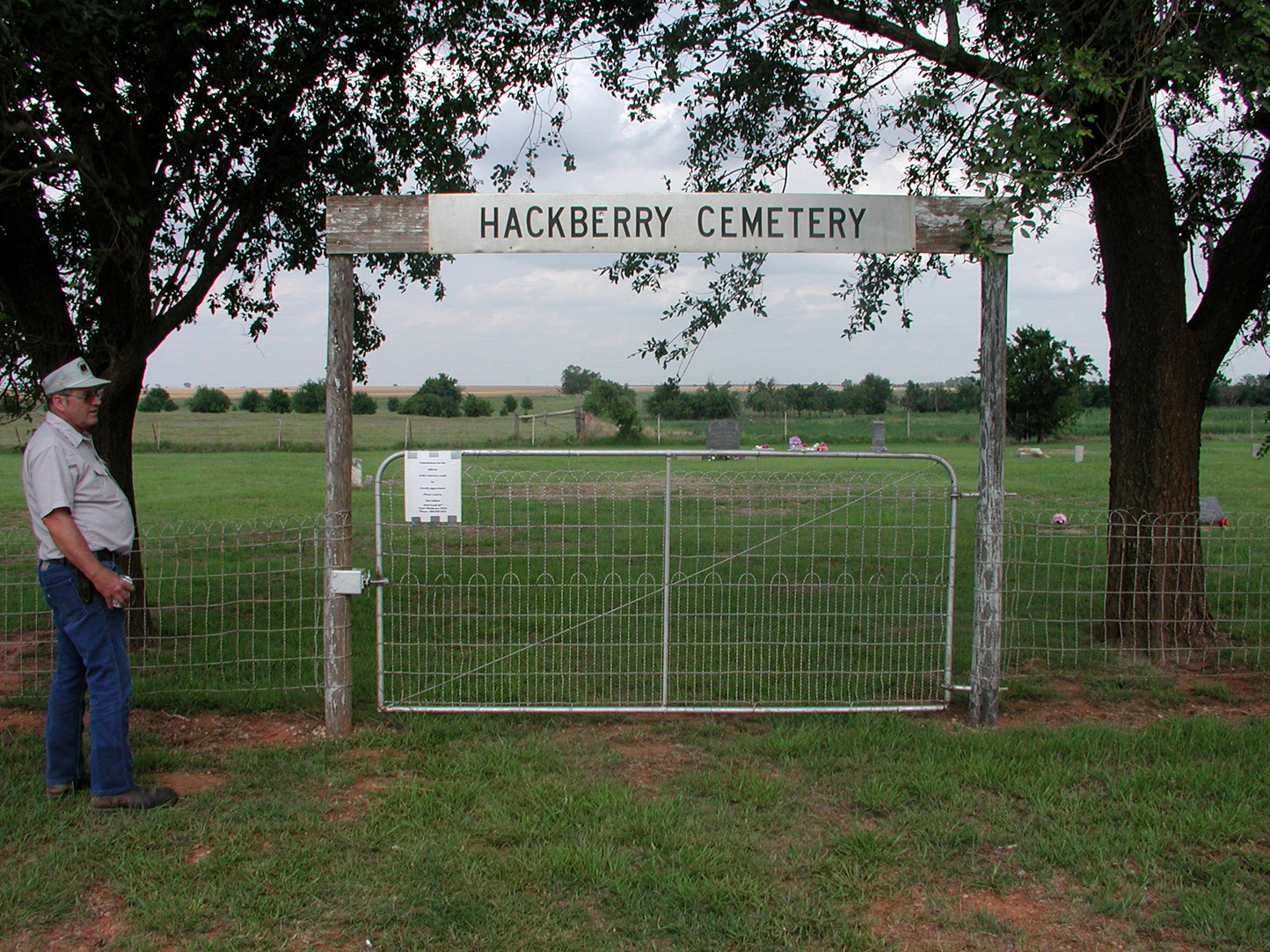Populating the Land
Contact
University of Arkansas System Division of Agriculture
Cooperative Extension Service
2301 S. University Ave.
Little Rock, AR 72204

Populating the Land
On my recent road trip following the Santa Fe trail from Missouri to New Mexico I noticed the ubiquitous green signs saying “Cemetery” with an arrow pointing the way. These lonely burying grounds are along every roadway in America and serve as a reminder that not so long ago the countryside was well stocked with people. But things changed and the old ways were not sustainable.
In the early days of our nationhood the United States was land rich and money poor. When Thomas Jefferson bought the Louisiana Purchase from France (including all of Arkansas) for $15,000,000 — or three cents an acre — there was even more land available but not much cash. So, not surprisingly, selling land cheap to prospective farmers became a favored way of raising money.
A difference of opinion developed between the well-established and wealthier East Coast representatives, who wanted land sold in 640 acre blocks (one square mile), and frontier representatives who wanted smaller parcels at cheaper prices. In 1785 the minimum purchase was 640 acres at $2 per acre. By 1800 the price had dropped to $1.25 per acre and an 80 acre farm in the west (Ohio was west then) could be had for $100. By 1820 Ohio farmland could be purchased from the government in 40 acre blocks for a total of $50. By way of comparison, an Ohio farmhand in those days would make from $5 to $15 per month.
This remained the price for government land until 1862 when President Lincoln signed the Homestead Act, which gave citizens, or foreign-born in the process of becoming naturalized citizens, 160 acres of land for just a minimal filing fee. To gain clear title to the land, homesteaders were required to live on it for five years and make minimal improvements to the property. Most of the better midwestern farmland had been purchased by 1862, so mostly the Homestead Act applied to the prairie states from North Dakota to Kansas. In much of Oklahoma the land was claimed in the five land runs which began in 1889. Once claimed during the run, the five year residency requirement of the Homestead Act applied. In 1909 the Homestead Act was amended for the drier western states with the parcel size increased to 320 acres.
The tenure of the farmers on these newly homesteaded farms was relatively short, often lasting for but a single generation. In the rich farmland of the Midwest, a farmer and a bevy of children could make an 80 acre farm work financially. But when all of this newly offered farmland was put into production in just a few years’ time, commodity prices plummeted and even farmers with good soil and plentiful rainfall struggled. In drier places, such as the land along the old Santa Fe Trail, yields were lower, costs of production higher and railroads charged outlandish prices for shipping produce to distant markets. Throw in an environmental catastrophe such as the Dust Bowl, and the land was quickly vacated, leaving behind all those little country cemeteries that dot the countryside.
Today in the southern plains where I prowled about for a week, farms are large, industrial concerns with thousands of acres under cultivation, not hundreds. As I’ve noticed in other areas, broke land is being returned to pasture. Wheat, if it is planted, is often grazed to fatten the calves before they are shipped to the feedlots that dot the countryside. I can’t discern the ownership of the farms as I drive by, but it is likely that these large farms often have a significant proportion of their farmland under lease. Many of the feedlots don’t own the cattle they fatten, instead feeding them on contract for others.
Is this modern iteration of industrial agriculture any more sustainable than those who toiled on the land a century ago? Perhaps, but only marginally so. All of this mechanization has led to tremendous cost savings by eliminating people from the production process. Soon tractor and truck drivers will be phased out as software replaces the need for operators. At some point even low cost, efficiently produced food will become too expensive if there aren’t a few jobs left in the system. And then there is the issue of water, but that’s an issue for another day.
